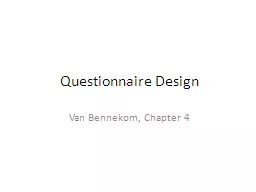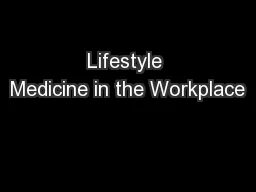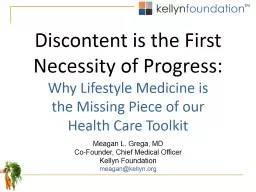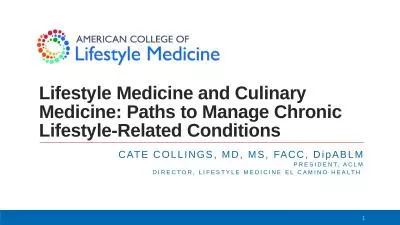PPT-The clinical utility of The Lifestyle Questionnaire—Weigh
Author : stefany-barnette | Published Date : 2016-08-16
P resentation by Chris Anderson PhD Background In the US more than 23 rd of adults are overweight or obese and 65 are considered extremely obese Ogden et al 2014
Presentation Embed Code
Download Presentation
Download Presentation The PPT/PDF document "The clinical utility of The Lifestyle Qu..." is the property of its rightful owner. Permission is granted to download and print the materials on this website for personal, non-commercial use only, and to display it on your personal computer provided you do not modify the materials and that you retain all copyright notices contained in the materials. By downloading content from our website, you accept the terms of this agreement.
The clinical utility of The Lifestyle Questionnaire—Weigh: Transcript
Download Rules Of Document
"The clinical utility of The Lifestyle Questionnaire—Weigh"The content belongs to its owner. You may download and print it for personal use, without modification, and keep all copyright notices. By downloading, you agree to these terms.
Related Documents














